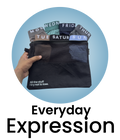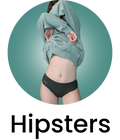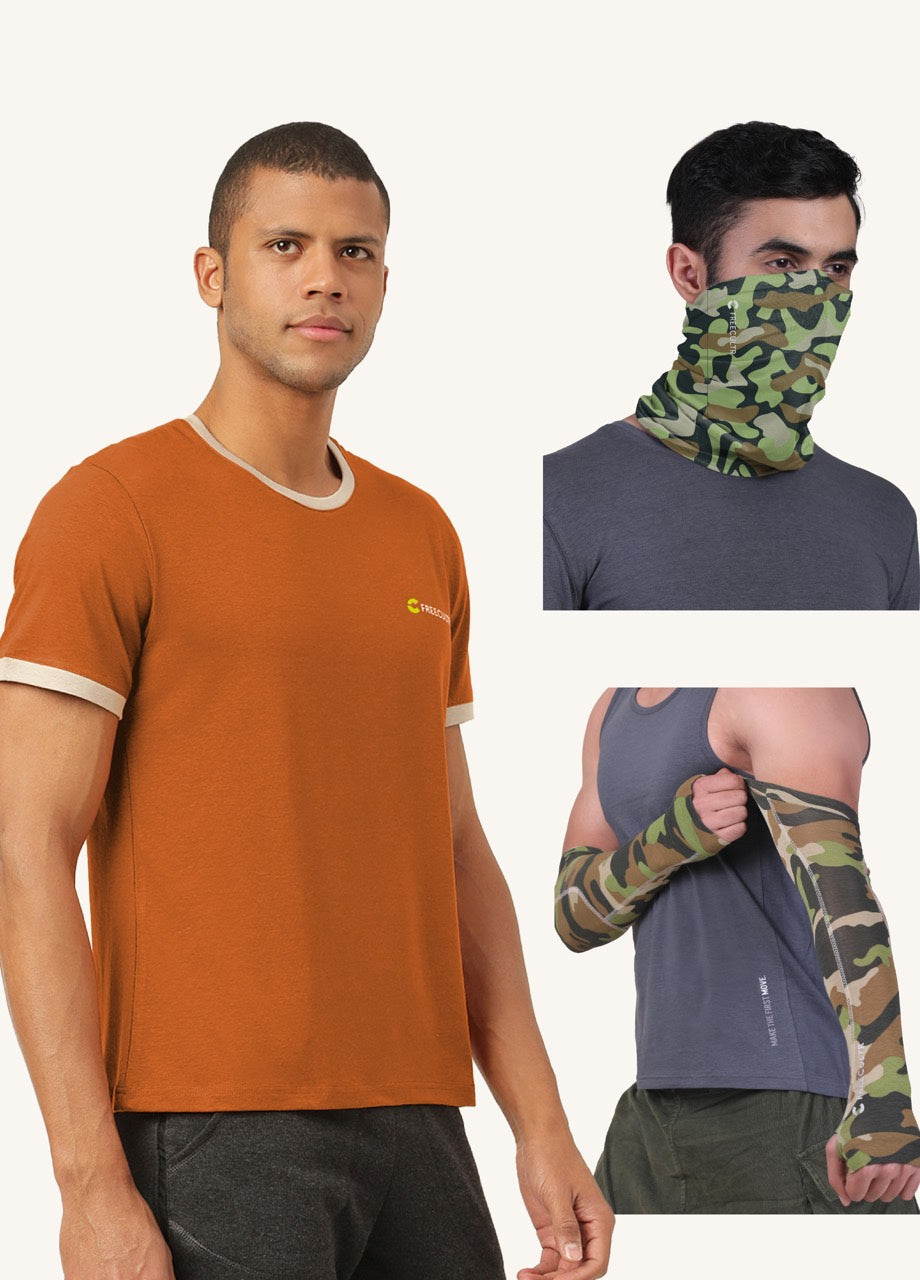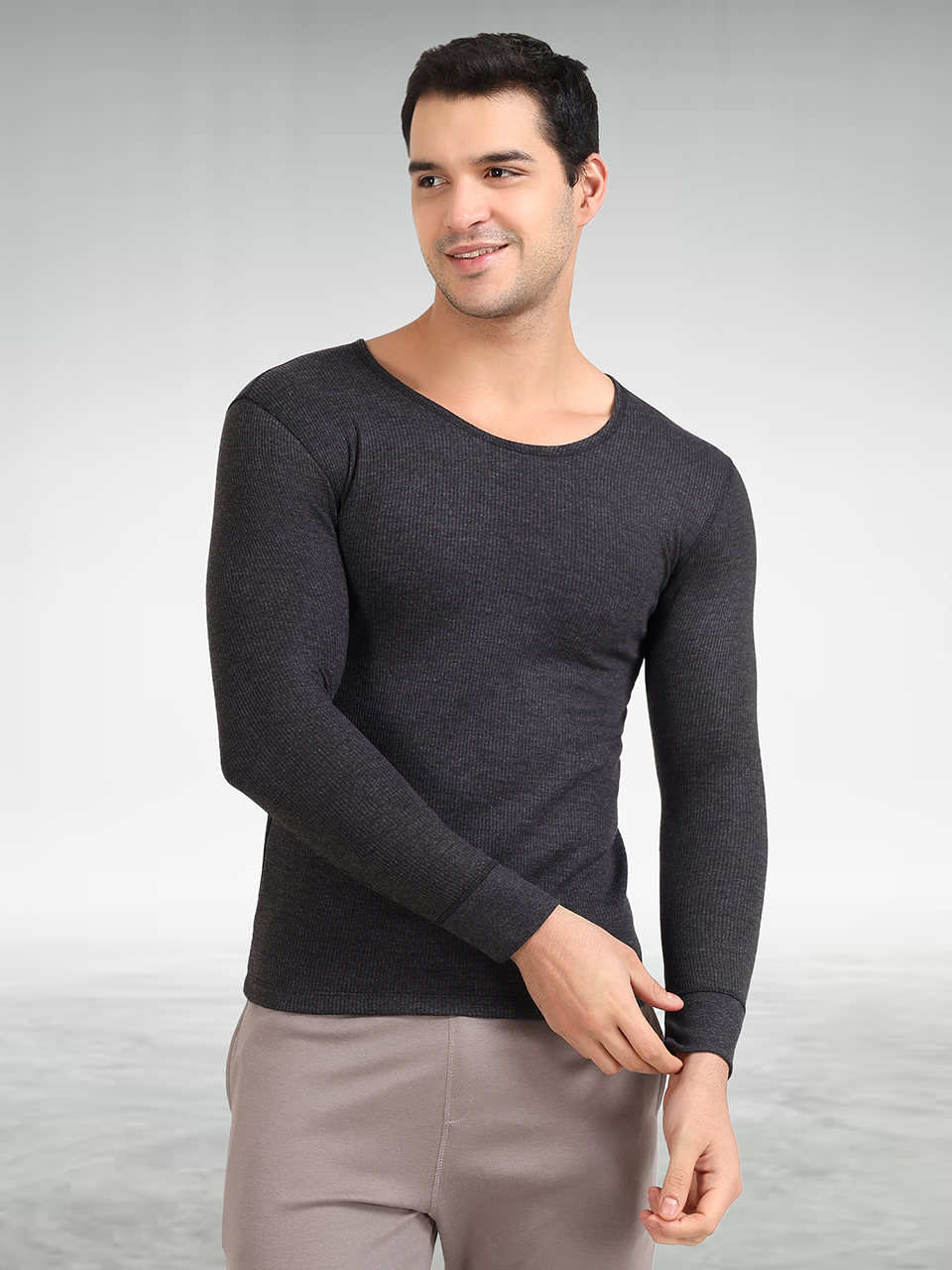Imagine the discomfort of squishing around in sweat-soaked socks, a breeding ground for bacteria and unpleasant odors. Foot sweat, or plantar hyperhidrosis, affects millions and is exacerbated by today's synthetic shoe materials that trap moisture. But relief is within reach. We will explore a range of innovative sock materials and designs specifically engineered to combat sweaty feet, from moisture-wicking merino wool to advanced synthetic blends incorporating silver-ion technology for antimicrobial properties. We'll examine the key features to look for, evaluating breathability, cushioning. Overall comfort to help you choose the perfect sock for every activity, keeping your feet dry and fresh throughout the day.
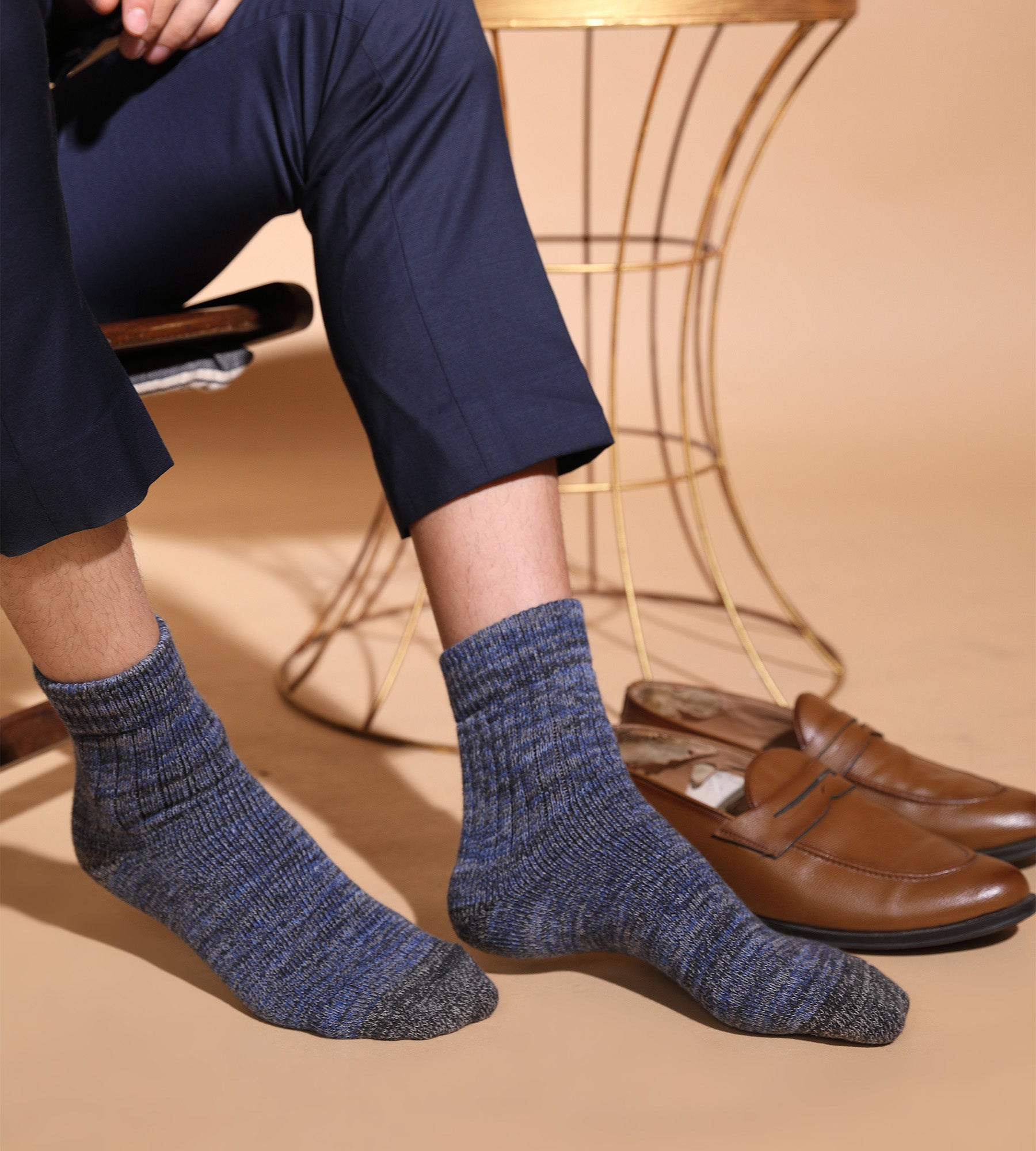
Understanding the Science Behind Sweaty Feet
Sweaty feet, or plantar hyperhidrosis, is a common condition that can cause discomfort and even lead to foot odor and fungal infections. It's primarily caused by overactive sweat glands in the feet. These glands, known as eccrine glands, are responsible for regulating body temperature. They're particularly dense in the soles of our feet. Several factors can trigger excessive sweating, including:
- Stress and Anxiety: Emotional stress can stimulate the nervous system, leading to increased sweat production.
- Exercise: Physical activity naturally raises body temperature, prompting the sweat glands to cool the body down.
- Hormonal Changes: Fluctuations in hormone levels, such as during puberty or menopause, can affect sweat production.
- Medical Conditions: Certain medical conditions, like hyperthyroidism or diabetes, can contribute to excessive sweating.
- Footwear and Socks: Non-breathable shoes and socks trap moisture, creating a warm and humid environment that encourages sweat production.
Understanding these triggers is the first step in choosing the right socks to combat sweaty feet and maintain foot health and hygiene.
The Role of Socks in Managing Foot Sweat
Socks play a crucial role in managing foot sweat. They act as a barrier between your feet and your shoes, absorbing moisture and providing cushioning. But, not all socks are created equal. The effectiveness of a sock in combating sweaty feet depends largely on the materials used and its construction.
Here's why choosing the right socks is so vital:
- Moisture Wicking: Effective socks wick away moisture from the skin, keeping your feet dry and comfortable.
- Breathability: Breathable socks allow air to circulate around your feet, preventing moisture buildup and reducing the risk of odor.
- Cushioning: Cushioned socks provide extra support and comfort, reducing friction and preventing blisters.
- Antimicrobial Properties: Some socks are treated with antimicrobial agents to inhibit the growth of bacteria and fungi, reducing foot odor and the risk of infection.
Key Materials for Comfortable, Sweat-Wicking Socks
The material composition of socks is a critical factor in determining their ability to manage foot sweat. Here's a breakdown of some of the best materials for comfortable, sweat-wicking socks:
- Merino Wool: Merino wool is a natural fiber known for its exceptional moisture-wicking and temperature-regulating properties. It can absorb a significant amount of moisture without feeling wet. It helps keep your feet warm in cold weather and cool in warm weather. Merino wool also has natural antimicrobial properties, reducing foot odor.
- Synthetic Fabrics (Polyester, Nylon, Acrylic): Synthetic fabrics like polyester, nylon. Acrylic are often used in athletic socks due to their excellent moisture-wicking and quick-drying properties. These materials are also durable and resistant to shrinking and stretching. But, they may not be as breathable as natural fibers like merino wool.
- Bamboo: Bamboo is a sustainable and eco-friendly material that is naturally moisture-wicking and breathable. Bamboo socks are soft and comfortable. They have natural antimicrobial properties that help prevent foot odor.
- Coolmax: Coolmax is a synthetic fabric specifically designed for moisture management. It has a unique fiber structure that wicks away moisture from the skin and promotes evaporation, keeping your feet dry and comfortable.
- Cotton: While cotton is a natural fiber, it's not the best choice for sweaty feet. Cotton absorbs moisture but doesn't wick it away effectively, which can leave your feet feeling damp and uncomfortable. But, some cotton blends with synthetic fibers can improve moisture management.
Comparison of Sock Materials
| Material | Moisture Wicking | Breathability | Comfort | Durability | Antimicrobial |
|---|---|---|---|---|---|
| Merino Wool | Excellent | Excellent | Excellent | Good | Yes |
| Synthetic Fabrics | Excellent | Good | Good | Excellent | No (unless treated) |
| Bamboo | Good | Good | Excellent | Good | Yes |
| Coolmax | Excellent | Excellent | Good | Good | No |
| Cotton | Poor | Good | Good | Good | No |
Features to Look for in Socks for Sweaty Feet
Beyond the material, several other features can enhance the performance of socks for sweaty feet:
- Mesh Ventilation: Mesh panels in the socks promote airflow and improve breathability.
- Cushioning: Targeted cushioning in the heel and ball of the foot provides extra support and comfort, reducing friction and preventing blisters.
- Arch Support: Arch support helps improve circulation and reduce foot fatigue.
- Seamless Construction: Seamless socks minimize friction and prevent irritation, especially during exercise.
- Reinforced Heel and Toe: Reinforced heel and toe areas increase the durability of the socks.
Real-World Applications and Use Cases
The need for comfortable socks designed for sweaty feet extends across various activities and professions:
- Athletes: Runners, hikers. Other athletes need socks that can keep their feet dry and comfortable during intense workouts.
- Healthcare Professionals: Nurses and doctors who spend long hours on their feet need socks that provide cushioning and moisture management.
- Construction Workers: Construction workers who wear heavy boots need socks that can wick away sweat and prevent foot odor.
- People with Diabetes: People with diabetes are more prone to foot problems, so they need socks that are breathable, moisture-wicking. Seamless to prevent irritation and infection.
- Everyday Wear: Anyone who experiences sweaty feet can benefit from wearing socks made from moisture-wicking materials.
Freecultre: Your Partner in Fashion and Comfort for Healthy Feet
At Freecultre, we interpret the importance of fashion and comfort, especially when it comes to your feet. Our range of socks is designed to keep your feet dry, comfortable. Healthy, no matter the activity or occasion. We prioritize using high-quality materials and innovative designs to create socks that perform as well as they look.
Consider these options from Freecultre's collection:
- Merino Wool Blend Socks: Experience the natural comfort and moisture-wicking properties of merino wool combined with the durability of synthetic fibers. Ideal for hiking, running, or everyday wear.
- Bamboo Fiber Socks: Soft, sustainable. Naturally antimicrobial, our bamboo fiber socks are perfect for those seeking fashion and comfort and eco-conscious options.
- Performance Athletic Socks: Engineered with Coolmax or similar high-performance synthetic fabrics, these socks offer superior moisture management and breathability for intense workouts.
We offer a variety of styles, colors. Sizes to suit your individual needs and preferences. With Freecultre socks, you can say goodbye to sweaty feet and hello to all-day comfort. Explore our collection and discover the perfect socks to keep your feet feeling fresh and healthy. Don't compromise on fashion and comfort – choose Freecultre.
Conclusion
Let's approach this from the Expert's Corner. Finding the right socks for sweaty feet isn't just about comfort; it's about foot health and overall well-being. I've personally seen too many people suffer from athlete's foot and blisters simply from choosing the wrong materials. A common pitfall is assuming that all cotton socks are created equal – they're not! Look for moisture-wicking blends like merino wool or synthetic fabrics designed to draw sweat away from your skin. My best practice recommendation? Invest in a few different pairs with varying thicknesses and materials to test what works best for your activity level and climate. Don't be afraid to experiment with sock liners either; they can add an extra layer of protection and wick away even more moisture. Remember, dry feet are happy feet. Keep experimenting until you find your perfect combination!More Articles
Comfort Meets Culture: How Freeculture Redefines Basics Better Than CompetitorsSoft, Sustainable. Stylish: Freeculture’s Edge Over Traditional Brands
The Real Deal in Comfort Wear: What Makes Freeculture Stand Out from XYXX and Others
Innerwear Reimagined: 5 Reasons Freeculture Beats Damensch, Jockey & XYXX
FAQs
Okay, spill the tea! What makes socks good for sweaty feet in the first place?
Alright, here's the lowdown. It's all about moisture-wicking and breathability. You want fabrics that pull sweat away from your skin and let your feet breathe, preventing that swampy feeling. Think natural fibers like merino wool or performance synthetics. At Freecultre, we're always experimenting with blends that prioritize comfort and dryness, because no one likes soggy socks!
So, are cotton socks a total no-go for sweaty feet?
Well, cotton's a bit of a mixed bag. It's comfy initially. It tends to absorb moisture and stay wet, which can lead to blisters and smelly feet. Not ideal! If you love cotton, look for blends with other moisture-wicking fibers. We're constantly looking at how different fiber combinations can elevate comfort levels here at Freecultre.
Merino wool? Seriously? Doesn't that sound itchy and hot?
That's a common misconception! Modern merino wool is nothing like the scratchy wool sweaters of your childhood. It's super soft, breathable. Has amazing moisture-wicking properties. Plus, it's naturally odor-resistant. Seriously, give it a try! I think you'll be surprised. We're big fans of incorporating quality materials into our Freecultre designs. Merino wool is definitely one we keep an eye on.
What about those fancy synthetic socks? Are they worth the hype?
Definitely! Performance synthetics like polyester, nylon. Acrylic are designed specifically for moisture-wicking and quick-drying. They're often more durable than natural fibers too. The key is to find a good blend and construction. And hey, our team at Freecultre is always researching the latest in fabric technology to deliver the best possible sock experience.
Are thicker or thinner socks better for sweaty feet?
It's not necessarily about thickness. About the material and how well it breathes. Thicker socks can provide more cushioning. If they're made of a material that doesn't breathe well, they'll just trap moisture. Find socks with good ventilation and breathability, regardless of thickness. We at Freecultre carefully consider these factors when designing our socks to ensure maximum comfort.
Okay, I'm sold. But how do I actually choose the right socks for me?
Think about your activity level. Are you hitting the gym, running errands, or just lounging around? For high-intensity activities, prioritize moisture-wicking and breathability. For everyday wear, comfort and durability are key. Don't be afraid to experiment with different materials and styles until you find what works best for you. We're always happy to help you find your perfect fit at Freecultre!
Any final tips for keeping my feet dry and happy?
Absolutely! Always wear clean socks, change your socks if they get damp. Let your shoes air out between wears. You can also try using foot powder to absorb excess moisture. And remember, investing in high-quality socks made with breathable materials is the best way to keep your feet feeling fresh and comfortable all day long. We believe in the power of comfortable basics at Freecultre. That starts from the ground up!

